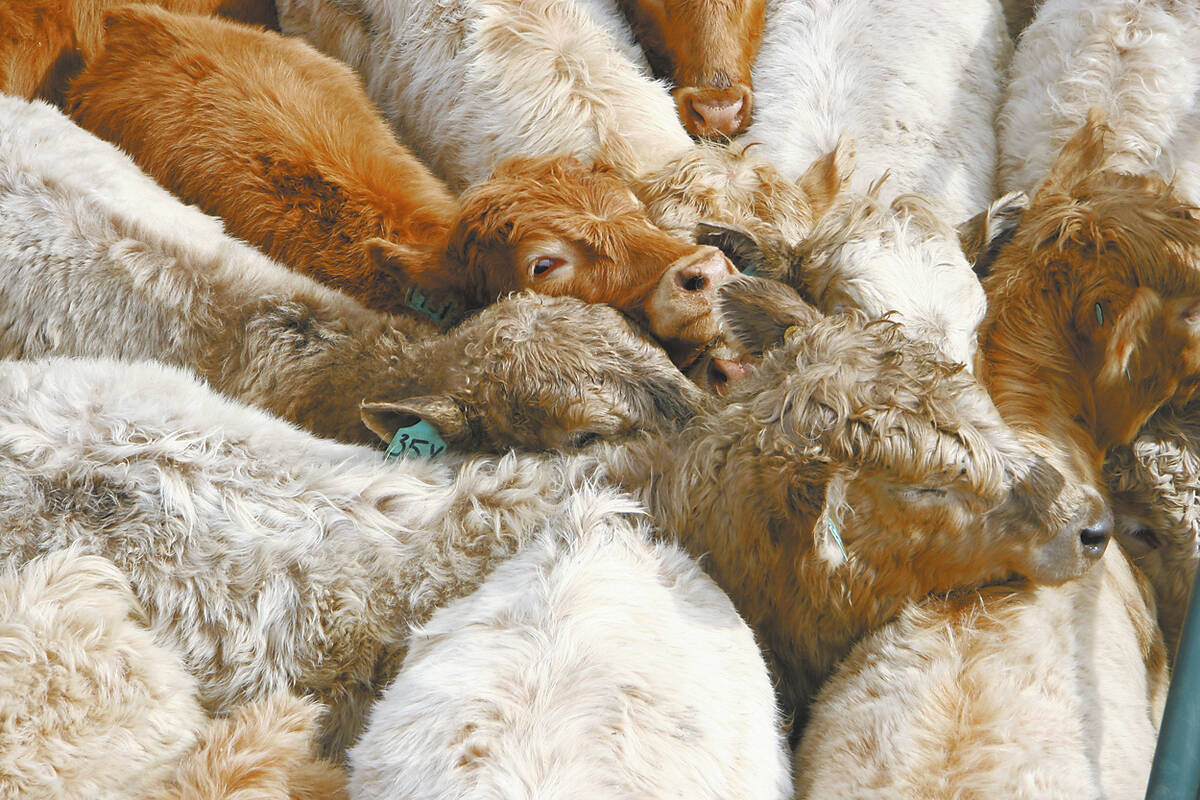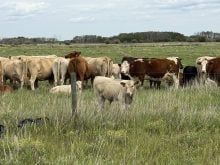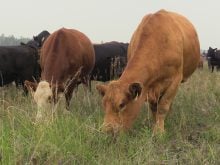This cattle market information is selected from the weekly report from Canfax, a division of the Canadian Cattlemen’s Association. More market information, analysis and statistics are available by becoming a Canfax subscriber by calling 403-275-5110 or at www.canfax.ca.
New record fed prices
The Western Canadian fed cattle market was hot during the week ending March 28, with new record-high prices set for both steers and heifers.
Read Also

Mixed results on new African swine fever vaccine
The new African swine fever vaccine still has issues, but also gave researchers insight into how virus strain impacts protection against the deadly pig disease.
Alberta fed steers closed the week at $282.03 per hundredweight, $9.06 per cwt. higher than the previous week.
Heifers traded $12.31 per cwt. stronger than the previous week, closing the week at $280.32 per cwt.
This was one of the biggest rallies recorded for the fed cattle market since January.
Fed steers averaged $272.64 per cwt. in March, down by $2.53 per cwt. from February due to tariff pressure early in the month.
Dressed sales for the week were $455-460 per cwt. delivered, $5 per cwt. stronger than the week prior.
Cattle were purchased by all three Western Canadian packers, with cattle scheduled for delivery in one to five weeks’ time.
U.S. interest continued to be active, and sales across the line ranges from $285-292 per cwt. FOB the feedlot. Cattle traded to the U.S. were schedules for delivery before April 2, the date anticipated for potential tariff announcements.
The Alberta cash-to-futures basis was -$12.45 per cwt. While this was $9.46 per cwt. higher than the week prior, it was $5.03 per cwt. below the five-year average. The basis has been below the five-year average for four consecutive weeks.
Canadian fed cattle and cow exports to the U.S. for the week ending March 15 were 11,457 head, which is 22 per cent lower than this time last year.
That week marked the first time in 2025 that weekly exports ran below last year’s volumes for two straight weeks.
Year-to-date exports to the U.S. are at 146,957 head, 18 per cent higher than in 2024.
In Ontario, dressed sales were reported at $450 per cwt. delivered, remaining fully steady with the previous week. Cattle were scheduled for delivery the week of April 7.
Eastern Canadian fed cattle were also traded in light volumes to the U.S.
Dressed sales were reported at US$328 per cwt. delivered. Sales worked back to the high $270s per cwt. FOB the feedlot, varying based on freight and dressing percentage. Cattle were scheduled to be shipped before April 2.
Non-fed market strong
New record-high prices were set on the butcher cow market during the week ending March 28.
In Alberta, cow prices on a dressed basis were at about a $70 per cwt. discount compared to the fed market. At this time last year, the discount was about $95 per cwt.
For the first three weeks of March, Western Canadian cow slaughter was down by 17 per cent compared to 2024.
Canfax reported that cow slaughter volume for the month of March is likely to be the smallest since 2015.
Although lower volumes may suggest more cows being exported to the U.S. for slaughter, this has not been the case. Canadian cow exports in January were 14 per cent lower than in 2024.
Fewer feeders exported
According to Canfax, 750-pound steer prices have rallied by an average of six per cent between March and May in eight of the past 10 years.
During the week ending March 28, some 750-775 lb. steers traded for May delivery, with prices comparable to the spot market.
Canfax reported that the market is not currently pricing in a six per cent increase, which generally makes sense considering the ongoing threat of U.S. tariffs.
Buyers from Eastern Canada have been active on the feeders and stockers market in the western part of the country.
Manitoba feeder cattle that would usually be bound for Alberta are instead being sold to the U.S. or moving east for finishing.
While there has been a good offering of forward delivery yearlings reported over the last few weeks, no forward delivery calves have been offered for delivery in the fall.
Cutout prices rise
U.S. cutout prices have continued to climb, with Choice rising by 2.3 per cent to end the week at a new annual high of $335.72 per cwt.
Select closed at $319.44 per cwt., up 3.3 per cent from the previous week. This is within one per cent of the high set in late January.
The Choice-to-Select spread finished the week at $16.28 per cwt., slowly beginning to widen seasonally.















